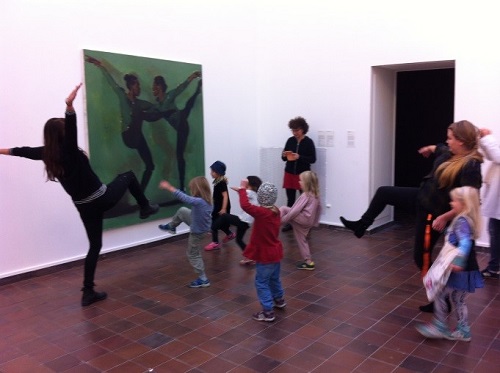Cultural participation for, with and by children – Enhancing children’s agency through art pedagogy, visual knowledge-building and learning
DOI:
https://doi.org/10.7577/information.v7i1.2630Abstract
This article focuses on how children's rights in society can be manifested with cultural tools and through cultural participation. The article discusses cultural participation for, with and by children based on the core ideas of a Swedish governmentally initiated strategy implemented in the 1970s. The right for children to take part in cultural activities, to be culturally active and to express themselves is based on the UN Convention on the Rights of the Child (1989). Art education and visual activities for children in formal and informal cultural environments and the use of contemporary art will be discussed. An art-based project in collaboration between a cultural institution and preschool and younger children is described. The main purpose of the article is to analyse what impact the use of cultural participation and cultural tools has on children's collective experience and learning, as well as to discuss and contextualise the relationship between culture, preschool and school as it is influenced by global and societal changes, particularly the increasing visual impact in society through the use of digital media and multimodality. The results show how an art gallery visit and the use of cultural narratives, such as art educational activities at a preschool based on work with a picture book, create visual knowledge and contribute to children’s agency and understanding of equity as one of the aims in the early childhood education curriculum.

Downloads
Published
How to Cite
Issue
Section
License
Authors who publish with this journal agree to the following terms:
- Authors retain copyright and grant the journal right of first publication with the work simultaneously licensed under a Creative Commons Attribution License that allows others to share the work with an acknowledgement of the work's authorship and initial publication in this journal.
- Authors are able to enter into separate, additional contractual arrangements for the non-exclusive distribution of the journal's published version of the work (e.g., post it to an institutional repository or publish it in a book), with an acknowledgement of its initial publication in this journal.
- Authors are permitted and encouraged to post their work online (e.g., in institutional repositories or on their website) prior to and during the submission process, as it can lead to productive exchanges, as well as earlier and greater citation of published work (See The Effect of Open Access).